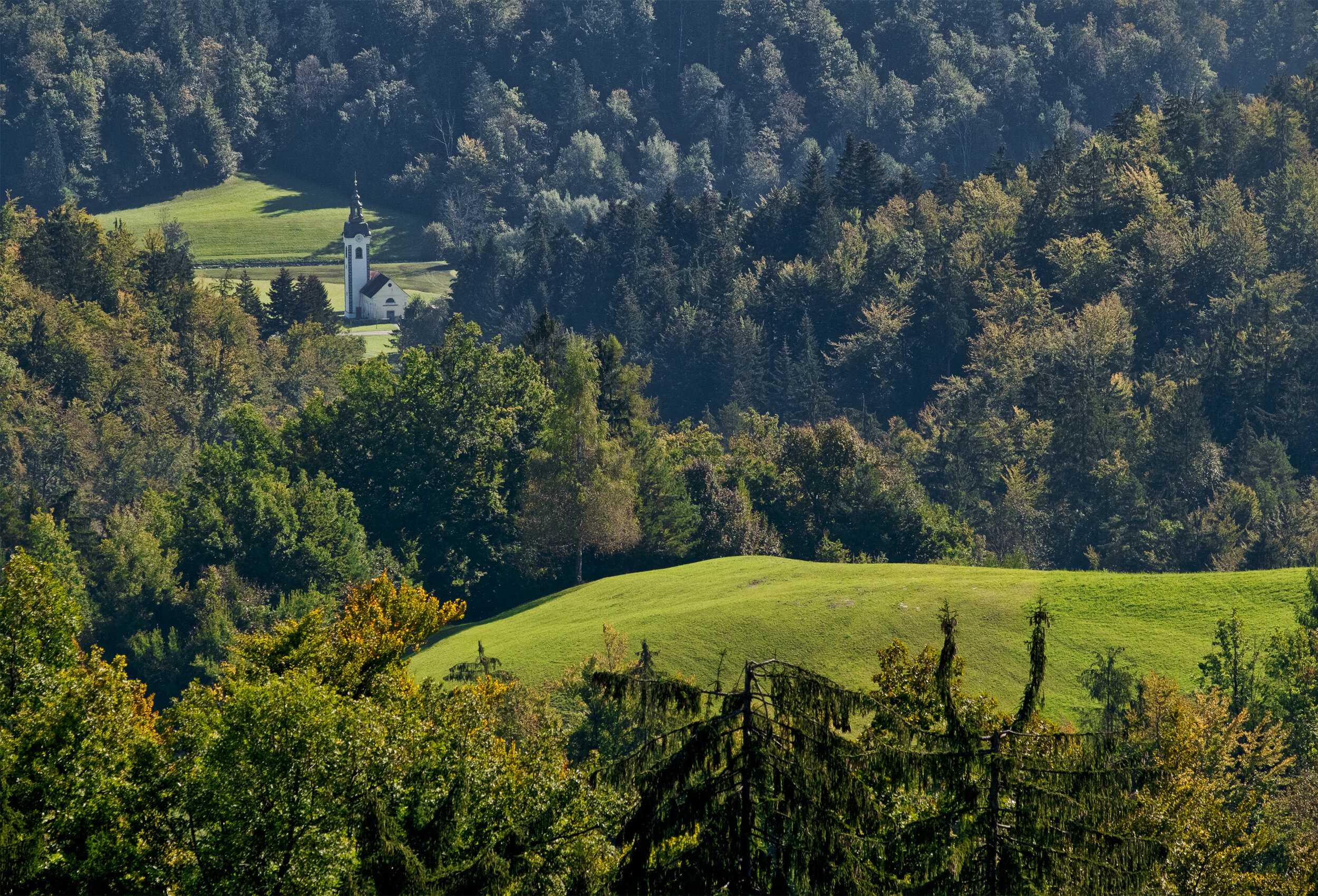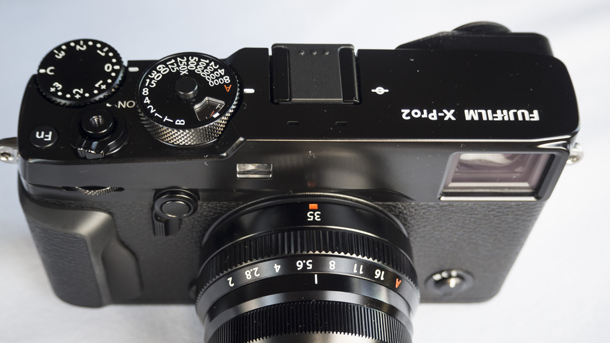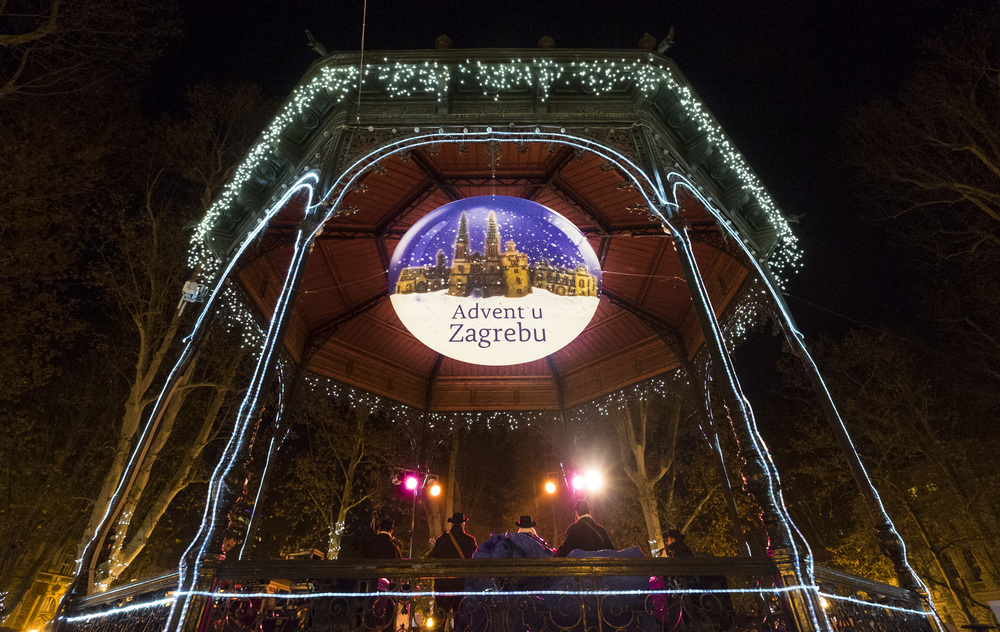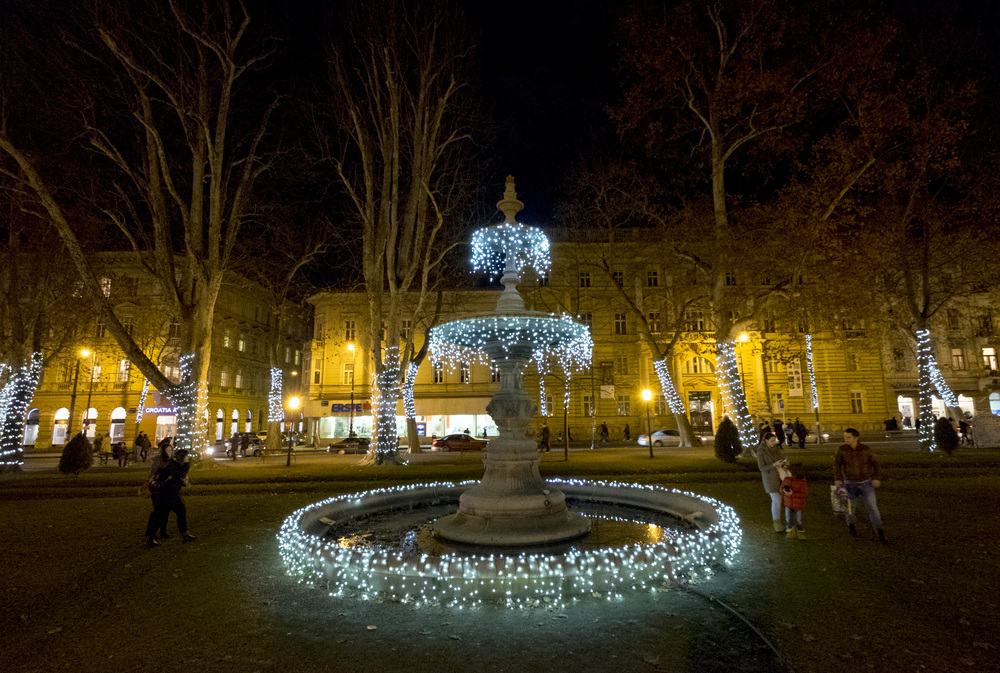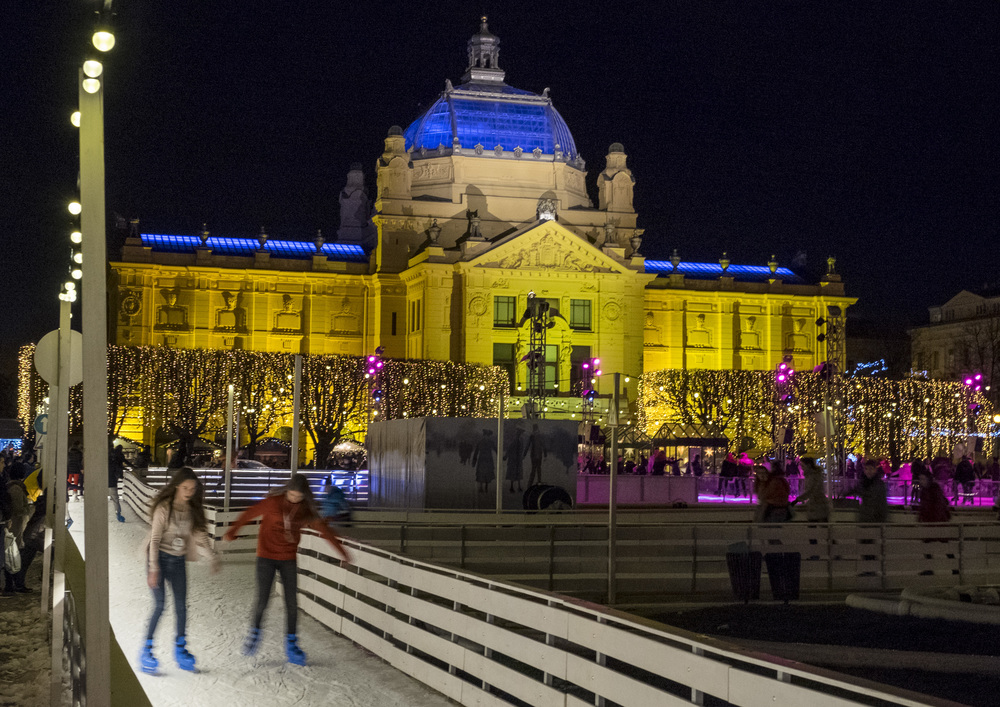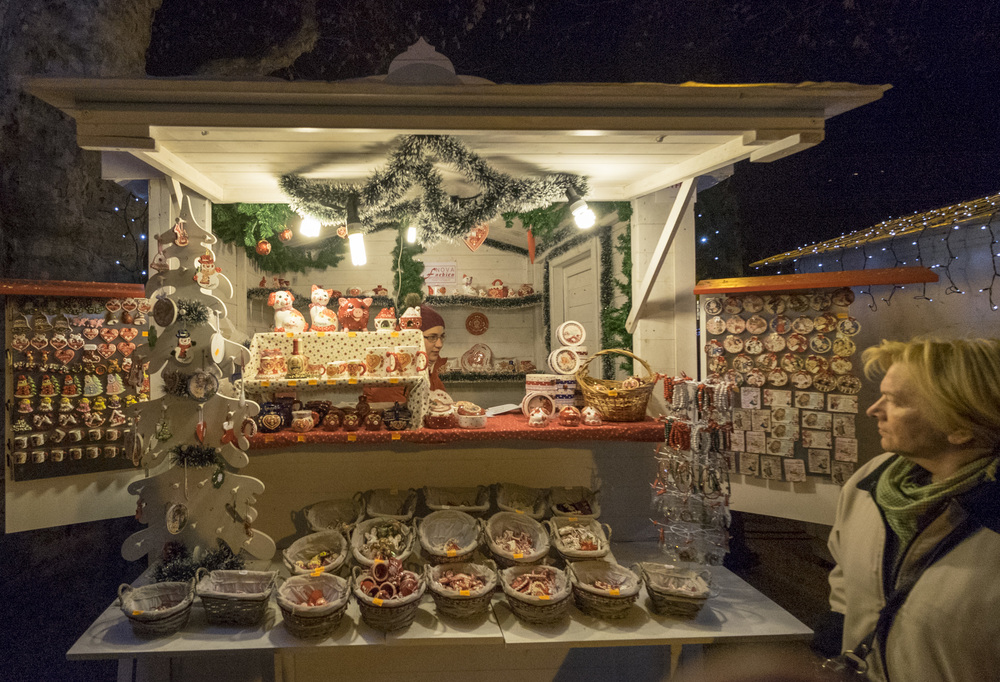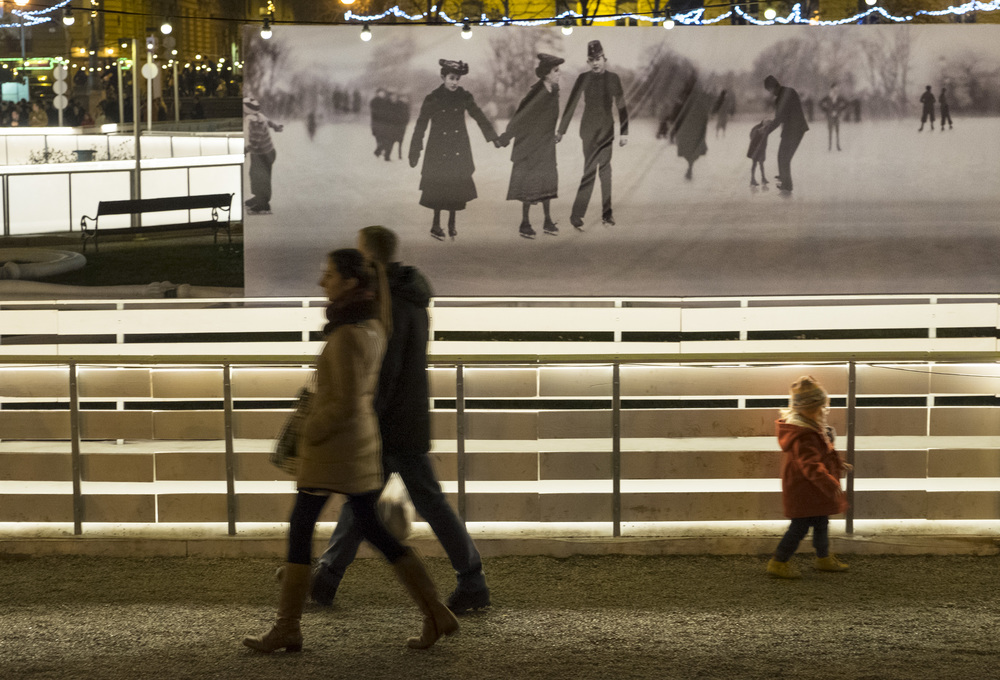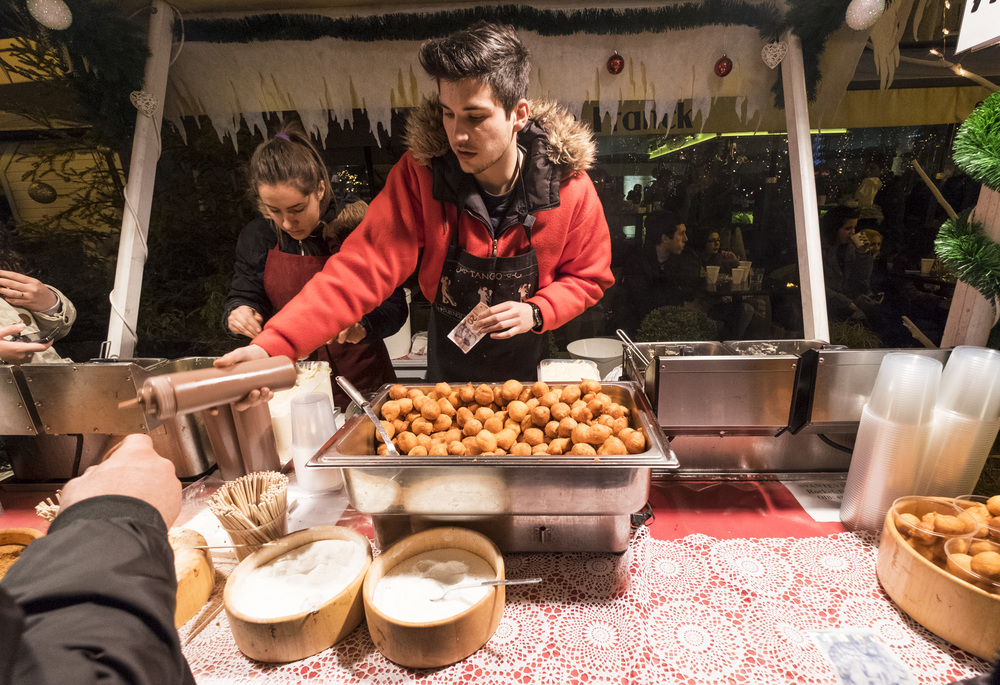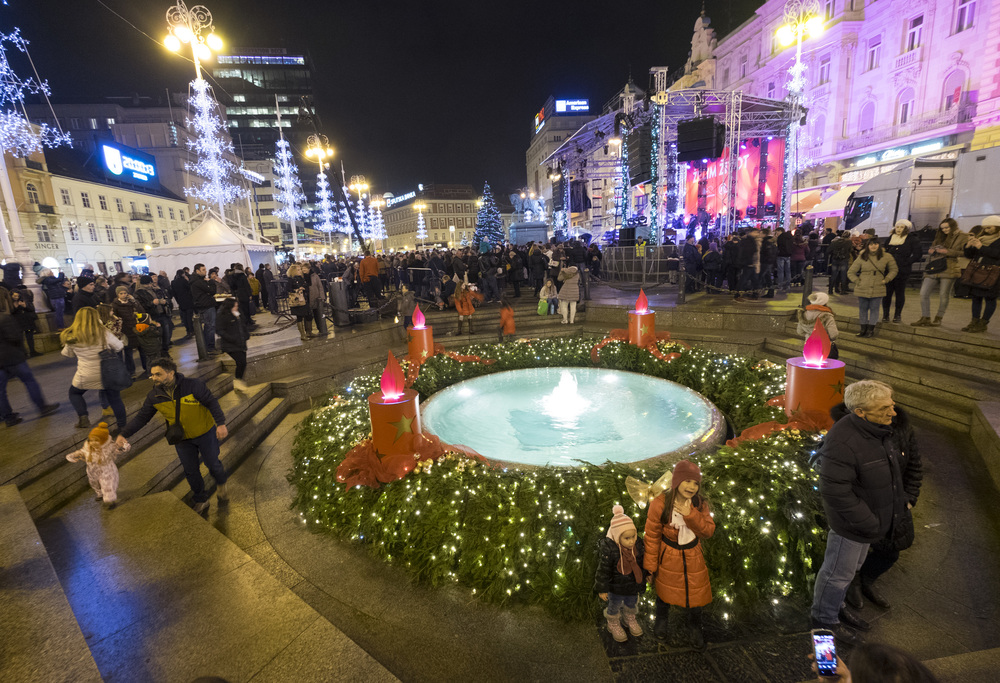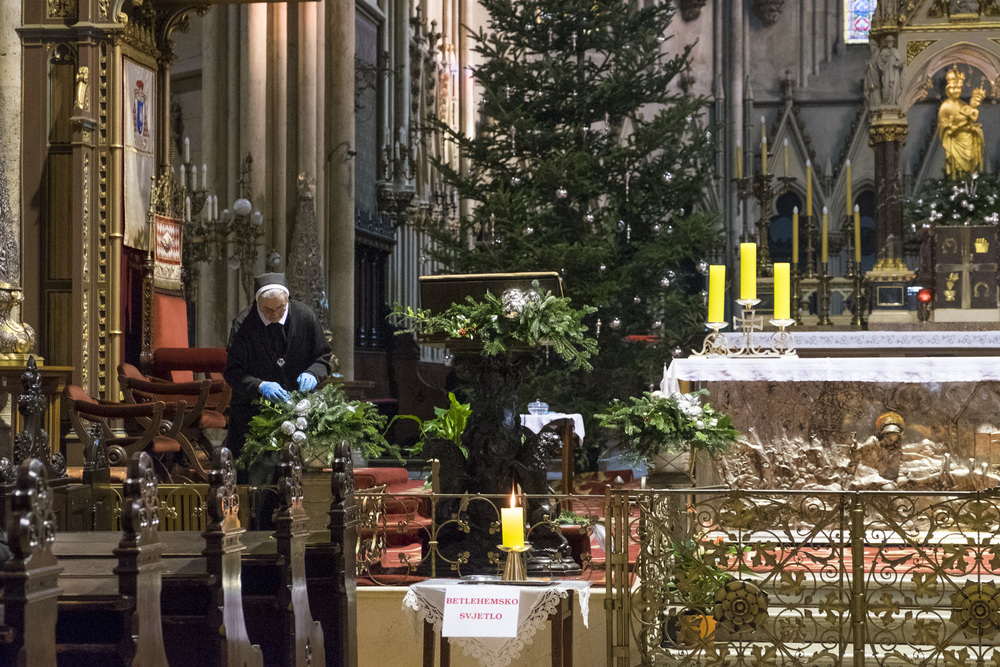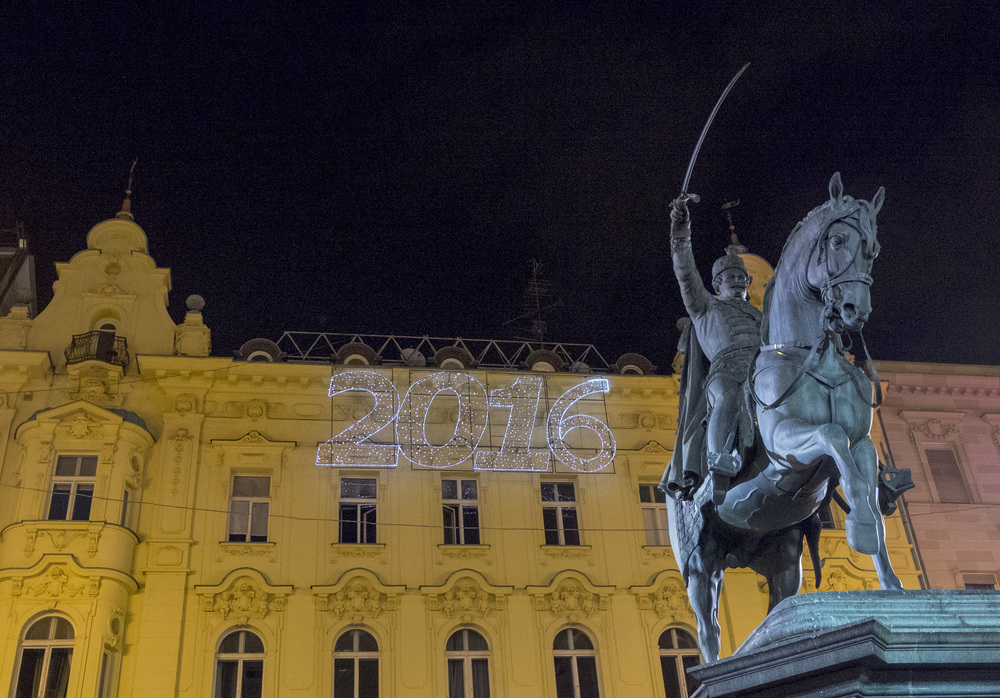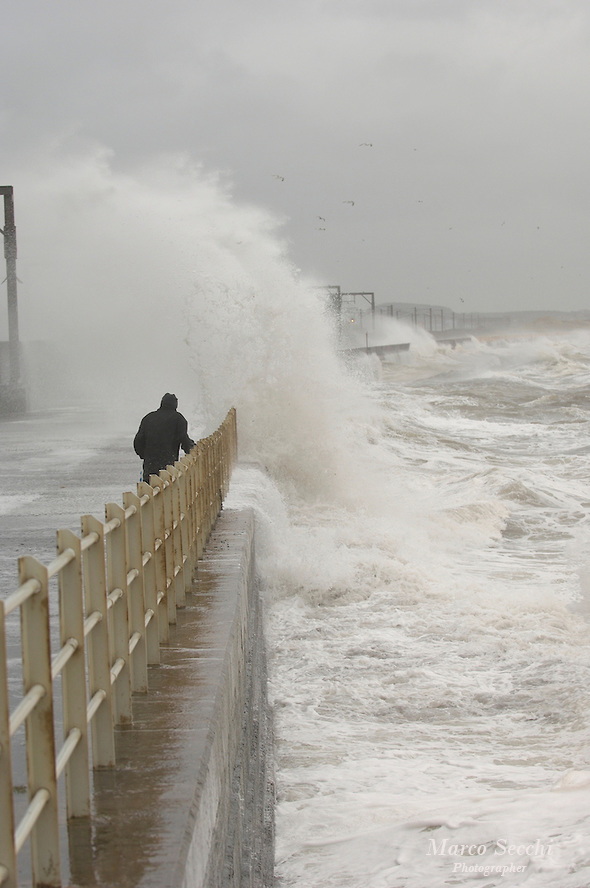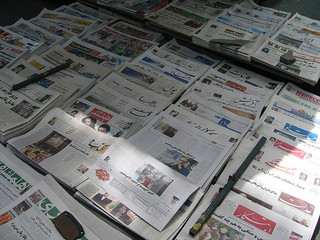Photographing Less, But Better: My Journey from Photojournalism to Artistic Mastery
/In a world saturated with images, the temptation to shoot everything is strong. As a former photojournalist, I used to live by the mantra "capture it all." However, since transitioning from the fast-paced world of photojournalism to a more reflective style of photography, I've discovered a new mantra: "photograph less, but photograph better." This shift has transformed not only my approach but also the quality and impact of my work.
The Power of Limitation: One Camera, One Lens
One of the most significant changes in my approach has been the decision to limit myself to one camera and one lens. This minimalist setup forces me to think more critically about each shot. By choosing a high-quality, full-frame camera paired with a fast prime lens, I can focus on composition, light, and moment without the distraction of changing gear. This simplicity has allowed me to delve deeper into the art of photography, creating images that are more thoughtful and intentional.
Embracing Full Frame for Maximum Quality
Switching to a full-frame format has been another game-changer. The larger sensor size captures more detail and provides better performance in low light, which is crucial for the kind of high-quality work I aspire to produce. The depth and richness of full-frame images have added a new dimension to my photography, making each shot more vibrant and lifelike.
Investing in the Best: High-Quality Camera and Lenses
Quality matters. Investing in top-tier camera bodies and lenses has elevated my work. The precision and clarity that come with high-quality equipment are unmatched, allowing me to capture the world with a level of detail and sharpness that wasn't possible before. Fast lenses, with their wide apertures, enable stunning bokeh and incredible low-light performance, adding a professional touch to every photograph.
The Importance of Planning and Study
Perhaps the most profound shift has been in my mindset. Where once I might have snapped away, hoping to capture something worthwhile, I now take the time to plan and study my subjects. This preparation involves researching locations, understanding lighting conditions, and conceptualizing the story I want to tell with each image. By thinking ahead, I can anticipate moments rather than simply reacting to them, leading to more powerful and evocative photographs.
Creating a Legacy
This deliberate approach to photography is not just about improving the quality of my images; it's also about leaving a lasting legacy. By focusing on creating fewer but more impactful photographs, I aim to produce work that stands the test of time. Each carefully crafted image contributes to a body of work that I hope will inspire and resonate with future generations, leaving behind a meaningful artistic footprint.
Conclusion: Quality Over Quantity
This journey from photojournalism to a more deliberate style of photography has been incredibly rewarding. By focusing on photographing less but better, I've rekindled my passion for the art form. Each image I capture now carries more weight, more thought, and more of my artistic vision. For anyone looking to elevate their photography, I highly recommend embracing this philosophy. Limiting your gear, investing in quality, and planning your shots can transform your work and reignite your creative spark.





